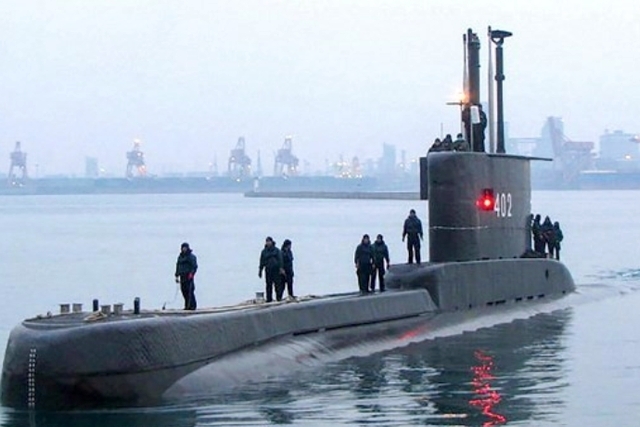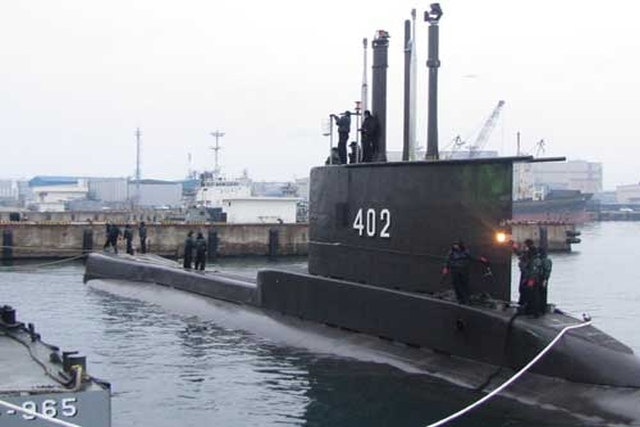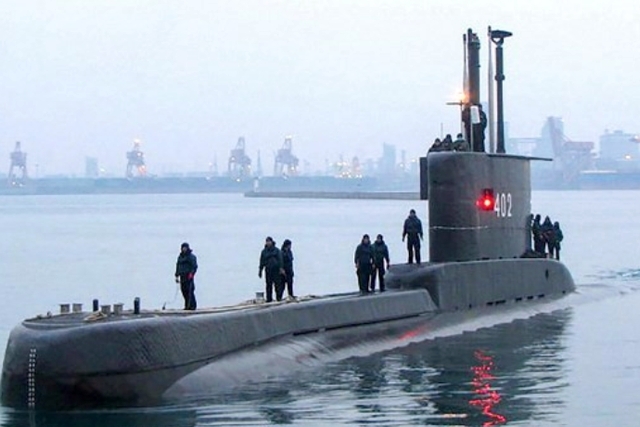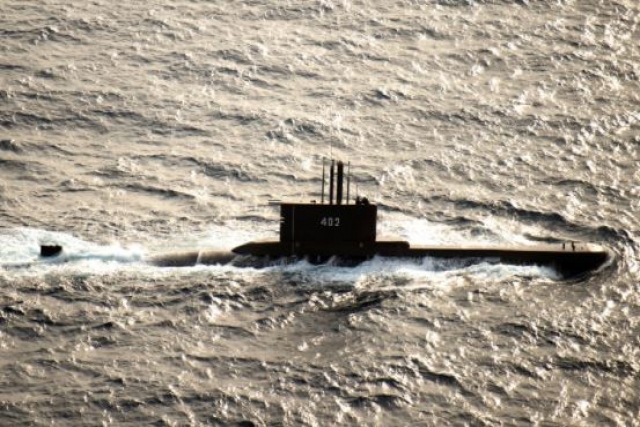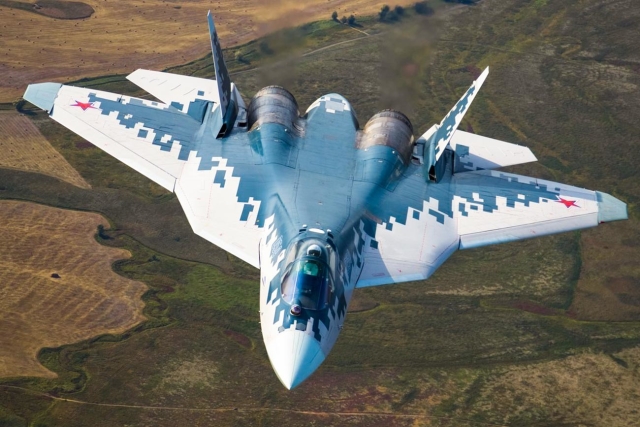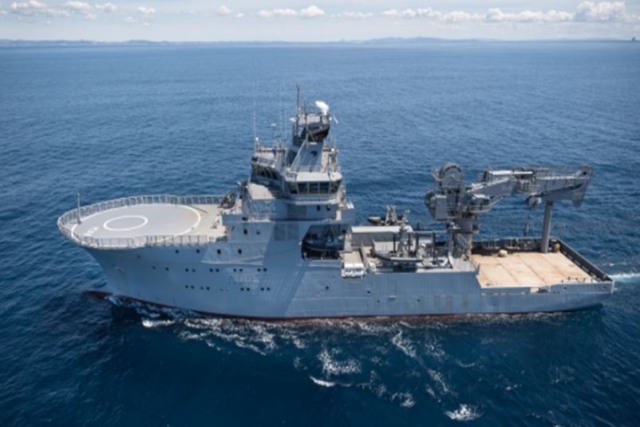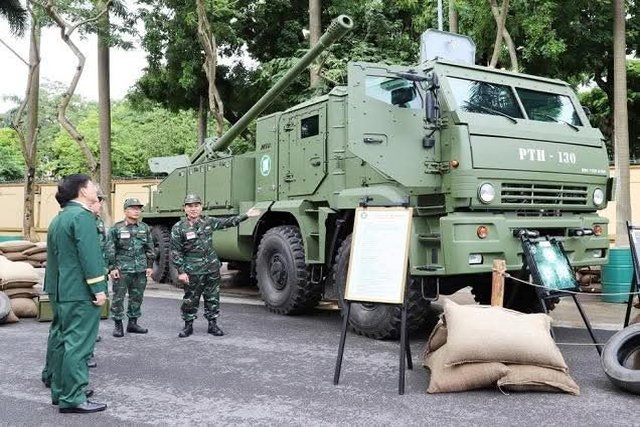Indonesia Orders Submarine Rescue Vessel from British Firm

Indonesia's Defense Minister, Prabowo Subianto, ordered a British-made Submarine Rescue Vehicle System (SRVS) for evacuating submerged submarine crews.
This procurement initiative comes in the aftermath of the sinking of the Indonesian Navy's Cakra-class submarine, KRI Nanggala 402, on April 21 of the previous year. During a routine exercise in the Bali Sea, the submarine, carrying 53 crew members, lost contact. Three days later, debris was discovered 19 km from the last known contact point. The presumed cause of the sinking was a power outage, although the Nanggala had experienced outages previously and had recovered successfully.
The Indonesian Ministry of Defense and PT BTI Indo Tekno signed the SRVS procurement contract on September 1. This agreement encompasses the acquisition of a technologically advanced SRV-F Mk.3 rescue submarine, along with a specialized aircraft carrier (Mothership) designed to support emergency submarine rescue missions.
The Indonesian Navy, with the Submarine Operations Command (Koopkasel) responsible for submarine fleet operations in Indonesia, willbe equipped with SRVS.
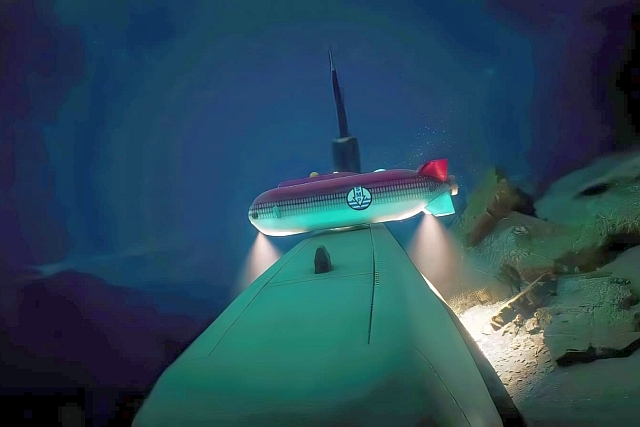
Crafted by SMP England, the SRV-F Mk.3’s design allows the SRV-F Mk.3 to rescue the entire submarine crew in a single trip, thanks to its capacity of 50 passengers and a crew of 3 operators. Additionally, the SRV-F Mk.3 features a "hybrid" design, enabling it to be transported on motherships, aircraft, and land vehicles, providing a significant advantage over other systems.
The SRV-F Mk.3 will be carried on a mothership equipped with advanced equipment, including a dedicated decompression chamber. Operated by Koopkasel, this mothership possesses the capability to support submarine rescue operations and provide medical support and first aid to rescued submarine crews.
